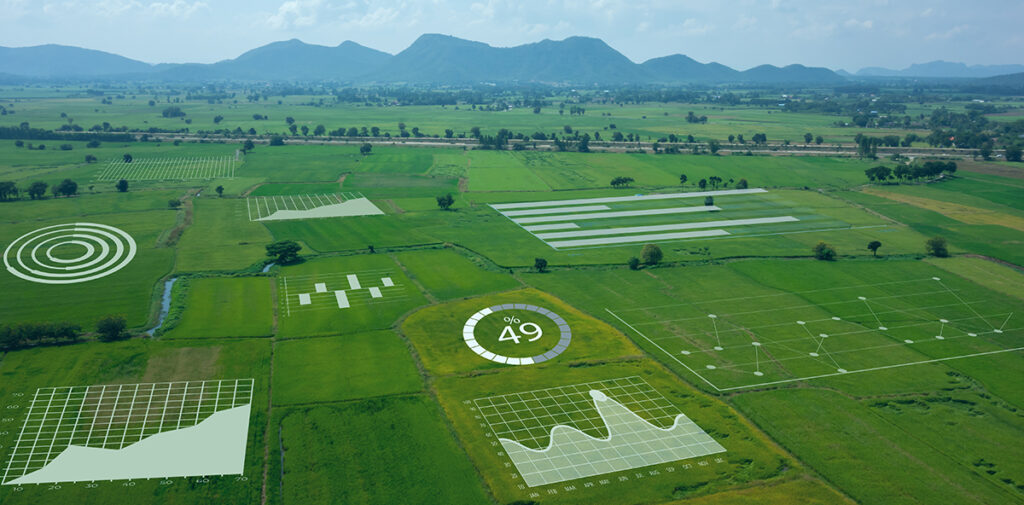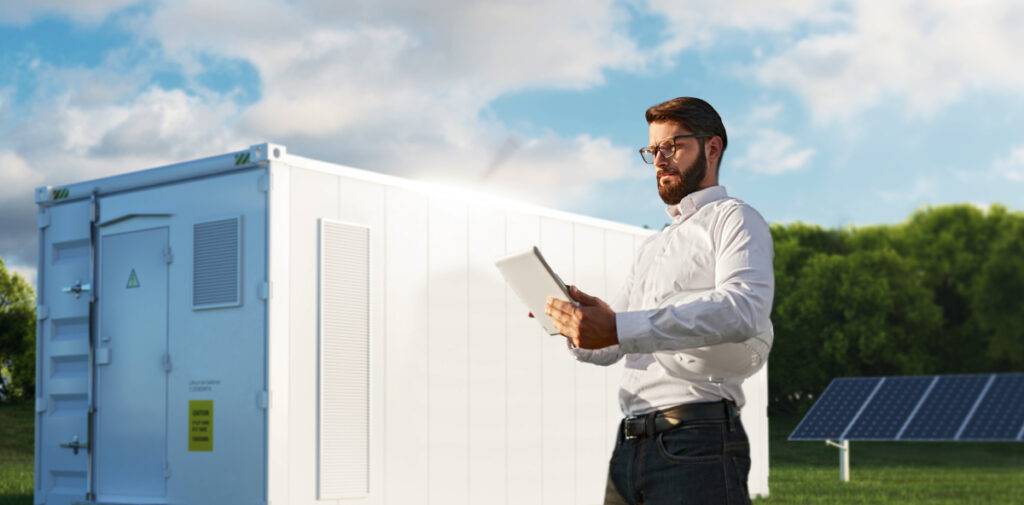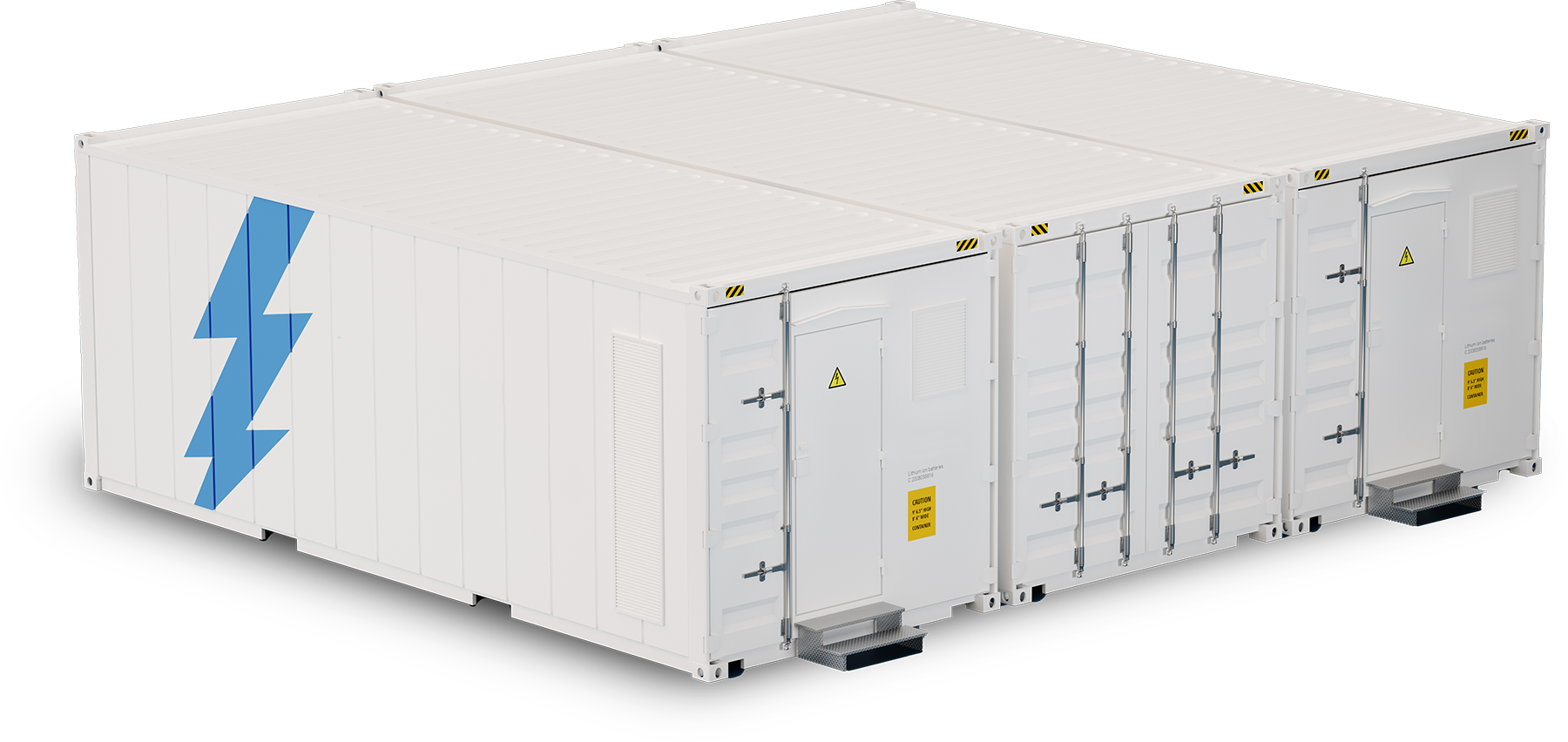Is Your Land The Right Fit for Battery Storage?
Take a short quiz to better understand your property’s potential.
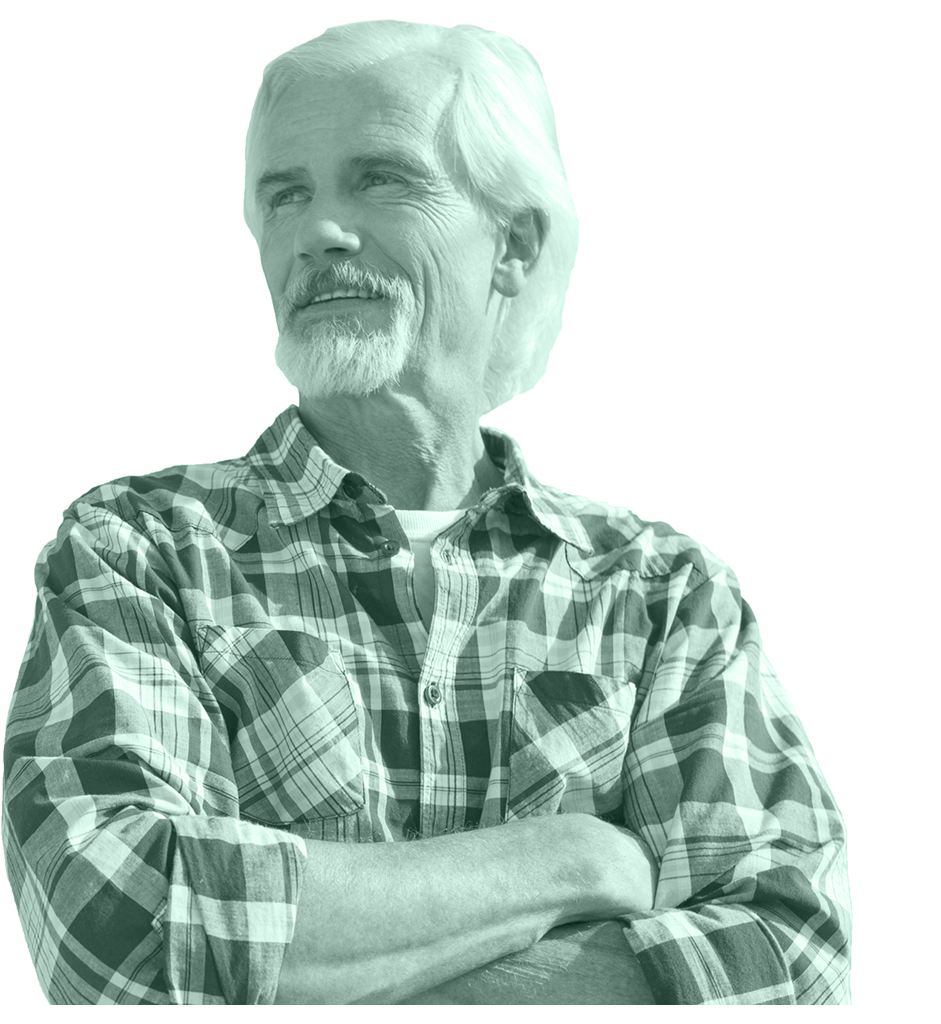
NLR Solar Has Negotiated 1,000+ Land Agreements in 35 states
NLR Solar, one of the largest and fastest growing land consultant firms in the nation, is dedicated to identifying sites for solar and battery storage projects and helping secure land agreements with the country’s top developers.
Benefits of Leasing Your Land for Battery Storage
Earn up to 10x your current lease rate in a long term fixed income; all while contributing to a cleaner planet.
No Cost To Landowner
Diversification of Land Use
Long-Term Fixed Annual Income
Cleaner Planet
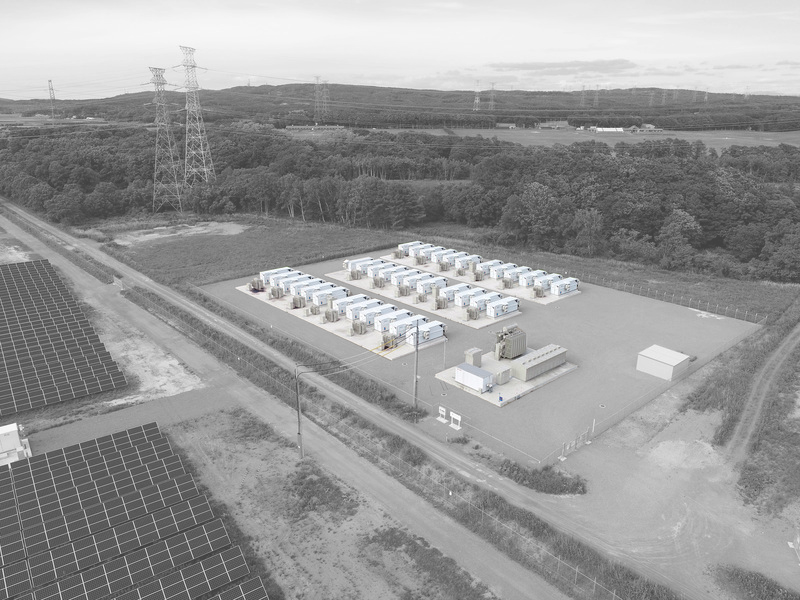
How Much Land Is Needed for Battery Storage?
Battery energy storage systems need between 1 – 40 acres depending on the surrounding power lines in the area. Developers are interested in a wide variety of property types, located anywhere in North America where energy projects are economically feasible.
Is Your Land The Right Fit For Battery Storage?
Leasing your unused acres to developers allows you to generate extra monthly income, all while contributing to the renewable energy revolution that is working towards cleaner air and water.
Our Process
We evaluate your property for free to determine the type of battery project your land could accommodate.
